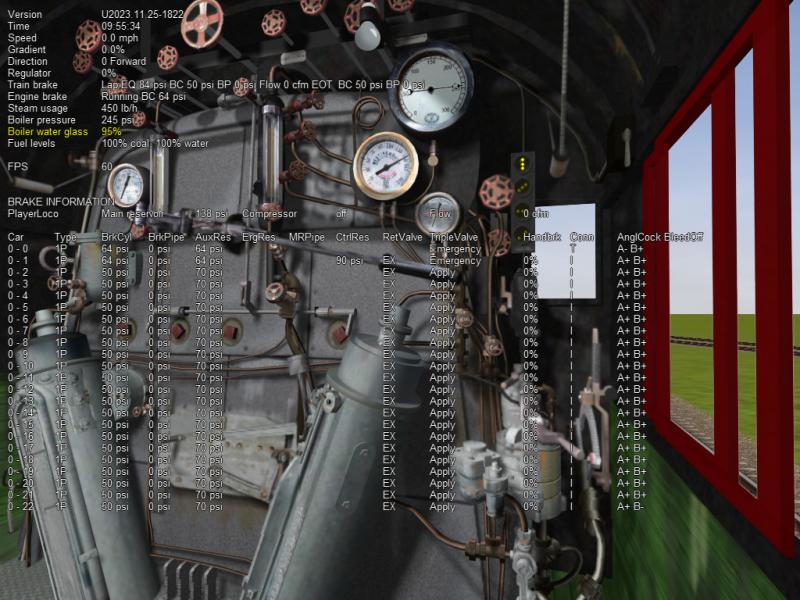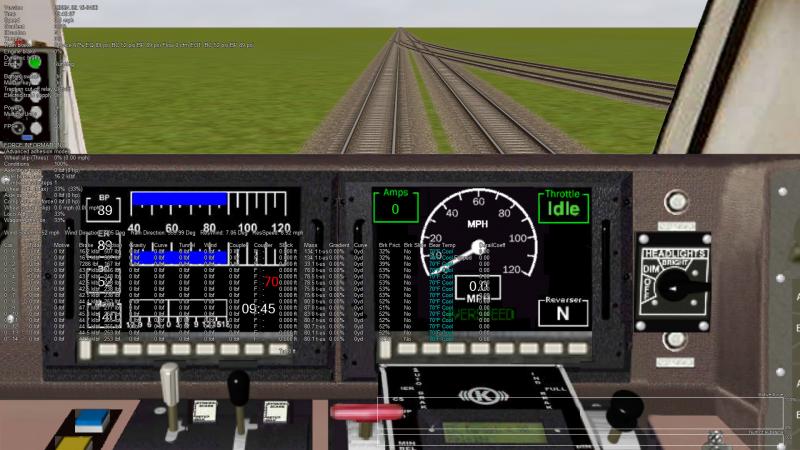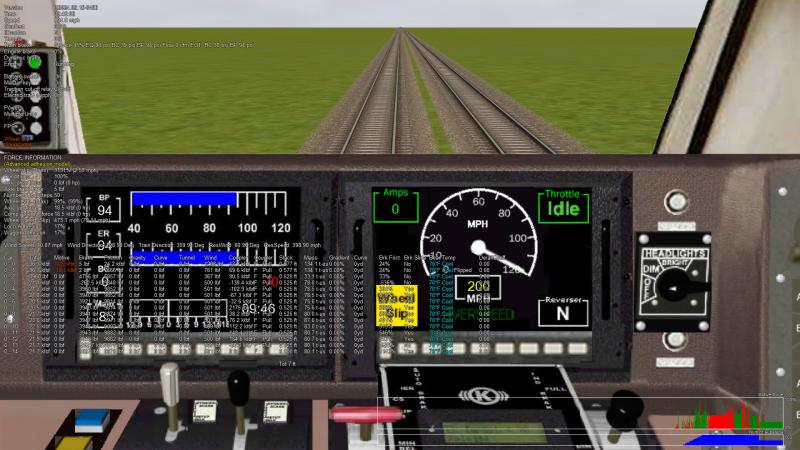 Traindude, on 06 February 2024 - 04:18 PM, said:
Traindude, on 06 February 2024 - 04:18 PM, said:
Not quite, some of the older stock is like that but on the newer Superliners/Amfleets there's a dedicated (and quite large) supply reservoir for both the brakes and other hardware that needs air. Normally that is charged from the main res pipe but will take from the brake pipe if that's at higher pressure. That's something I can look into implementing, it shouldn't be too hard to set up and would be more realistic than feeding the aux res directly off the main res pipe.
 Traindude, on 06 February 2024 - 04:18 PM, said:
Traindude, on 06 February 2024 - 04:18 PM, said:
Don't see any reason why the distributing valve would change anything about the brake pipe, the only difference in behavior that has from the regular triple valve has to do with locomotive brake cylinder behavior. Could be a confounding factor with something else in the engine file.

 Log In
Log In Register Now!
Register Now! Help
Help








